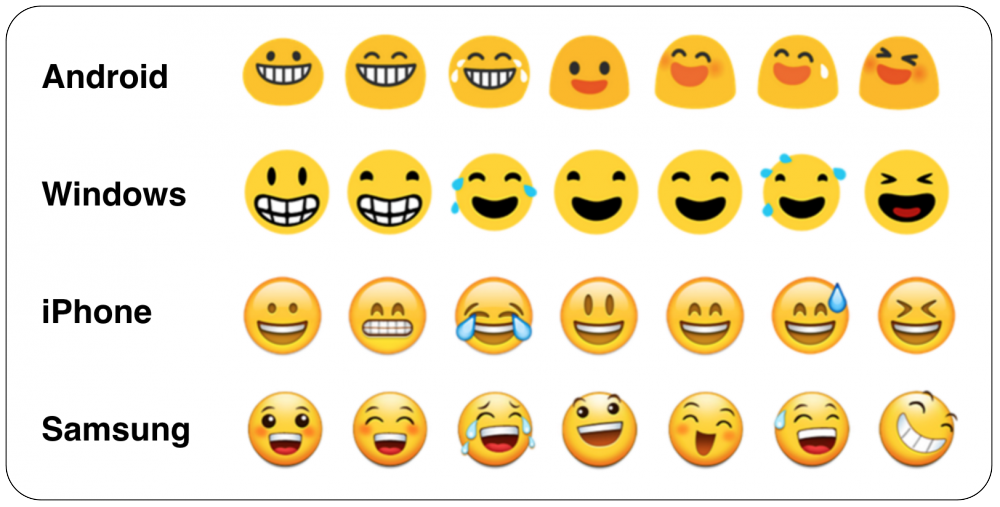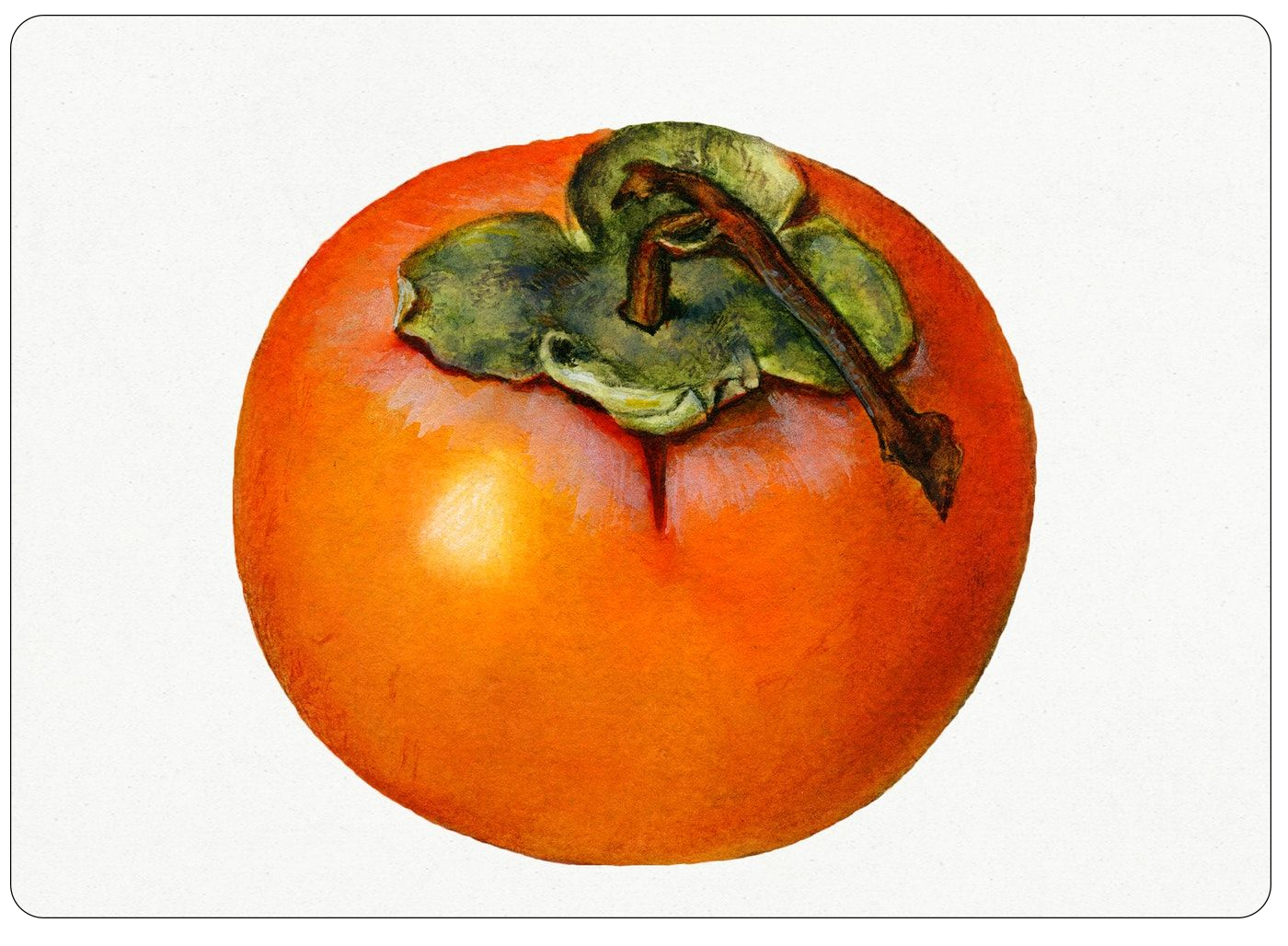In the early 2000s, a character like Ryan Atwood from The OC — that quiet, brooding bad boy — conveyed everything with just a look. Fast forward to today and we’ve got 3,790 little icons that can do the same, each one standing in for a thousand different glances, thoughts or feelings. Emojis have become the shorthand of our emotions, a quick substitute for when words feel like too much.
Despite being nothing more than digital hieroglyphics – 21st-century caveman drawings on our backlit screens – our use of these dumb little symbols continues to endure. Year after year, they continue to convey so much. They’re small and they’re simple but they find themselves stubbornly inserted into every text, tweet and comment we send.
You’d think given the speed at which technology improves, we’d have evolved beyond them by now. But despite the grand attempts, Zuckerberg and his fellow tech overlords haven’t sold us fully on an upgrade. No avatar, “Memoji” or glossy VR duplicate of our faces can replicate the pure satisfaction of responding to a joke with a simple 😂. Or that, somehow, a 🥲 is enough. The 💅will probably outlive us all: emojis, like cockroaches, may just survive the apocalypse.
And we’re taking them more seriously than we ever have.
Don’t believe us? A Canadian court just ruled that 👍counts as a contract agreement. What were once frivolous little stickers are language of their own, one that speaks faster, easier and more directly than words.
Brands have long recognised the power of emojis to connect with audiences on a personal level. They’re used to break down the formal walls of marketing; a way to humanise their messaging and communicate in a way that feels more colloquial, less corporate. Emojis also allow brands to keep pace with cultural trends (see our demure issue for more on this), making their content feel timely and relevant. On top of that, brands can also – as we have just found out – sponsor emojis. Oakland Athletics sponsors the ⚾, Red Lobster sponsors the – wait for it – 🦞.
A few weeks ago, an email landed in our inbox with the headline “Here are the eight new emojis coming to smartphones”. And it sparked excitement. Eight new little communicative tools that will soon be absorbed into our digital lexicon, which – it would be hard to deny – is rapidly becoming our primary lexicon. It’s a reminder of the power of these tiny characters to evolve, adapt and, ultimately, connect us.
1.Act
It’s not a smart conversation if there’s nothing to talk about.
Start with the right strategy and execution to prove you can walk the talk.
At the heart of the emojiverse lies the Unicode Consortium, a largely unknown (we literally just learnt about it) but powerful organisation that governs the release, removal and tweaking of any and all the emojis you use.
This not-for-profit group is responsible for the global standardisation of characters across digital platforms, ensuring that no matter which device or OS you’re on, a smiley face will always look like a smiley face (a few stylistic tweaks, give or take). Every year, Unicode reviews proposals for new emojis – submitted by anyone, from big corporations to passionate individuals – and decides which will make it into the next release. This process, though technical, carries a cultural weight: emojis have become integral to how we communicate, express identity and even advocate for social causes. Over time, we’ve seen the introduction of skin tones, gender-neutral characters, and symbols representing more diverse aspects of life, reflecting the growing demand for inclusivity in this digital language.
But as emojis have evolved, they’ve also taken on distinct personalities across different operating systems. A crying laughing emoji on an iPhone might look subtly different on an Android device or Twitter’s (unlike emojis, calling it X is just not catching on for us) web interface — sometimes leading to miscommunications, as a small tweak in design can really shift the tone of a message.
Despite these variations, emojis continue to bridge the gaps in our conversations, adding emotional nuance where plain text might fall flat. Whether you’re sending a message on a Samsung, a Mac or through Facebook, the essence of the emoji remains, even if it’s dressed up a little differently depending on your screen. It’s a testament to how flexible this universal language has become, thriving across every platform and adapting to each ecosystem’s aesthetic.
And yet, tech giants like Mark Zuckerberg have consistently tried, with limited success, to move beyond emojis. From virtual reality avatars to 3D facial recognition features like Apple’s “Memoji”, these tech overlords have been determined to push us into a more immersive, expressive future. The vision is to create a world where our digital selves can mimic our real-world expressions and gestures in real-time. But despite all the advances in VR and 3D technology, emojis have remained the quickest, simplest, and most effective way to get a message across. Pity. The. Reader. No elaborate avatar can replace the ease of tapping a single crying smiling face in response to something you don’t want to do, or the perfect shrug emoji to convey a feeling of “I just don’t know” in a millisecond. Not only do emojis offer the shortest path between thought and communication in a world increasingly obsessed with speed, and where texting has overtaken voice calls, but the flexibility in which they can be used has made them near indispensable.
Why have we chosen to talk about this in our Act section? Rather than trying to reinvent the wheel and deliver something “better”, sometimes the best strategies take advantage of what the public already needs and loves (here’s that same theory in a totally different context re developing the Beyoncé Beyhive).
While technology will likely keep trying to reinvent the ways in which we express ourselves online, emojis remain a cultural and digital mainstay. Their evolution from simple smiley faces to complex representations of identity and emotions reflects our growing need for visual shorthand in a fast-paced, screen-heavy world.
2.Explain
The way those big ideas are distilled into words that resonate, build brand identity and nail the message.
Perhaps the lasting power of emojis, compared to say, avatars, lies in their fluidity. If a picture is worth a thousand words, emojis are worth one thousand meanings. And what’s different about emojis to other forms of visual shorthand – say, road signs, which aim to be instantly and consistently understood – is that there’s no universally assigned meaning for each emoji. More than pictures, they’re highly flexible visual symbols and with no official guideline for what each emoji should represent, the meaning lies truly in the eye of the bemoji-ed.
And with no fixed meaning, interpretation shifts rapidly. Emojis already mean different things across different cultures, and generations. Gen Z’s approach is all about using emojis ironically to create in-jokes and signal cultural awareness. Where a 💀 emoji in the hands of a boomer might signify death or danger, the kids are throwing it out to express laughter, an evolution of the expression “I’m dead”.
Pair that with the internet’s penchant for microtrends (see the Explain section of this recent newsletter). At the same speed in which internet culture can shift, so do the associations tied to specific emojis. What might start as a literal or straightforward expression can quickly take on new, nuanced meanings at the drop of a 🧢 (the emoji of which no longer just means “hat” among ~the youths~ but a slang meaning of “lying” or “falsehood” due to the popular phrase “no cap”, some Gen-Z thing, apparently, meaning "no lie”).
See why they’re here to stay? You can’t cancel something that can keep reinventing itself. Emojis are the Swiss Army knife of communicative tools: multipurpose and infinitely adaptable. But everyone’s best trait is also their worst, and given that emojis can mean anything you want them to, it also means that they hold the potential to be language barriers in their own right.
So, what does this mean for brands? If you’re going to use emojis, you’re going to want to be pretty on top of what’s going on. You’re going to want to know who you’re talking to. Here’s what we mean…
ONE EMOJI, MANY 🎩’s.
🙂
Smiley Face
In 2021, an anti-lockdown symbol.
👍
For Gen-Z: sarcasm. A bit of a burn.
For boomers: sounds good. In Canada: you’ve just signed a contract. In Greece? Literally fuck you.
😇
Here: what a saint!
China: literally, death.
👏
In the West, among the older ones: applause, praise, good for you darl. In China: sex, the sound of a clap resembling the sounds “pah pah pah” (啪啪啪).
For the very online: exasperation, especially used to punctuate text: “why 👏 are 👏we 👏still 👏talking 👏about 👏this?”
3.Amplify
It’s not a conversation if no one’s listening. Cleverly amplifying the message to the right audience, at the right time, is the final piece of the puzzle.
When you’re trying to amplify a message online, emojis are your friend. The speed in which they are co-opted and blasted to demonstrate solidarity with an idea or cause is breathtaking. Emojis flood comment sections like sign-wielding protestors flood the streets, a digital rallying cry; a way of communicating which side you’re on without going to the trouble of explaining it. The ✊ in support of oppressed groups. The 🐝 and 🍋 emojis that flooded the comment section of suspected ~Becky with the good hair~ accounts in support of Beyonce.
Procter & Gamble campaigned for an emoji to symbolise menstruation in order to break stigmas around its discussion. In 2019 P&G got a blood drop emoji. Durex (and thus far, unsuccessfully) has pushed for a condom emoji, arguing that it would normalise conversations around sexual health for young people.
Picks & Recs
OUR EMOJI WISHLIST
Hand holding a lit cigarette
Use this when you want to show a lack of care, or for when you’re working late; then again, it could be that you’re holidaying in France.
Spilled glass of milk
This one is self-explanatory.
Candle snuffer
We have the candle, so why not the snuffer? Could be very useful for when one wants to end the conversation.
A persimmon
The persimmon is a unsung hero. Yes, it’s only available for like a day a year but, it’s always persimmon season somewhere, no?
A halal snack pack
This is probably the thing we refer to most when hungover, so it would realistically save us time in letting others know of our (dire) situation.
A single plum floating in perfume served in a bowler hat
This serves a very great and very niche purpose. No further questions.
A real, bonafide dill pickle
We mean a real pickle. The sliced cucumber is cute, but for anything other than expressing our need for a gin and tonic, it’s just a fugazi. Give us something with bumps that’s been sitting in brine for weeks on end. Give us side dish royalty. Give. Us. A pickle.
A capybara
It’s wild that an animal with this much internet fame doesn’t have its own emoji.


















